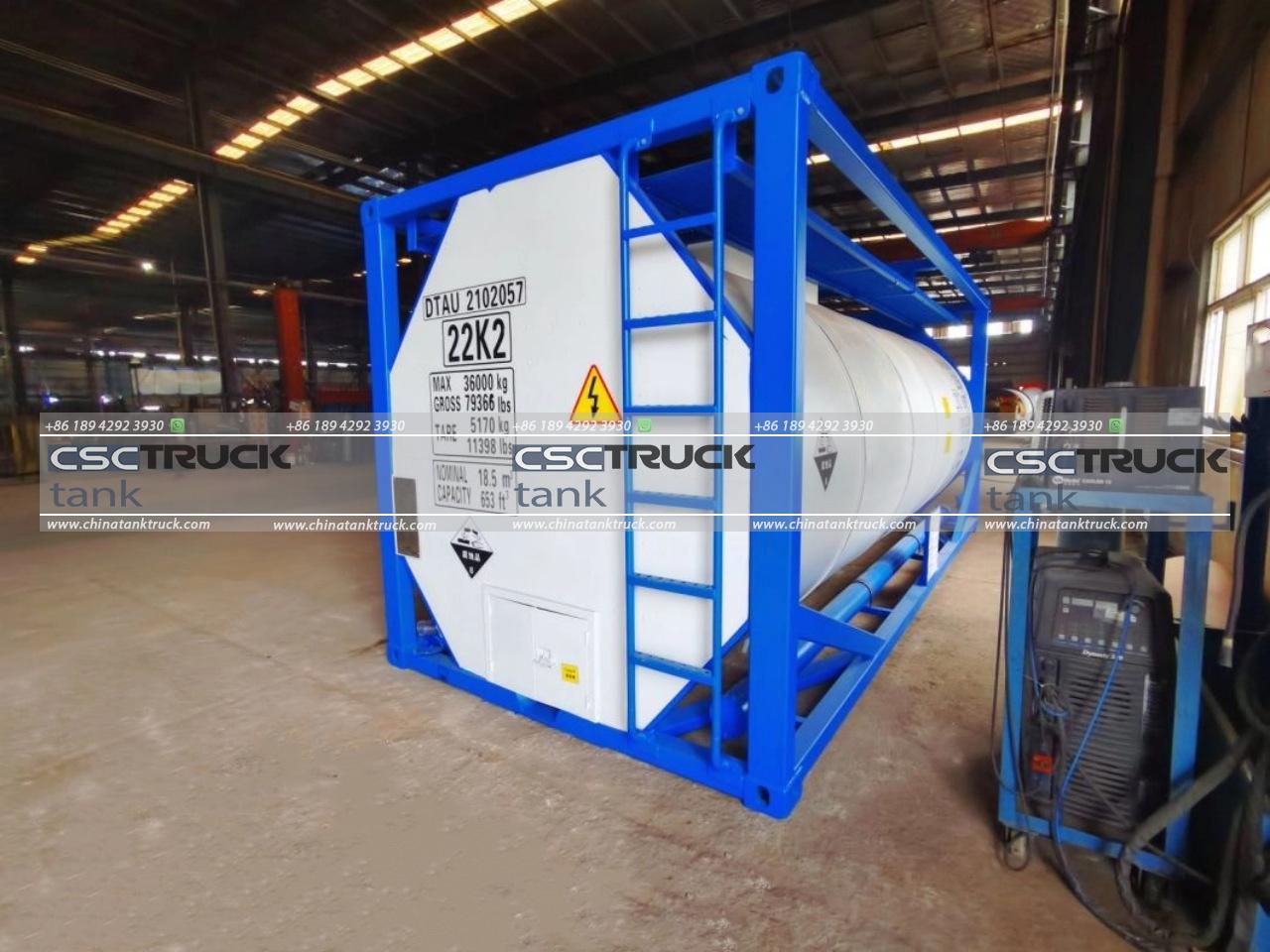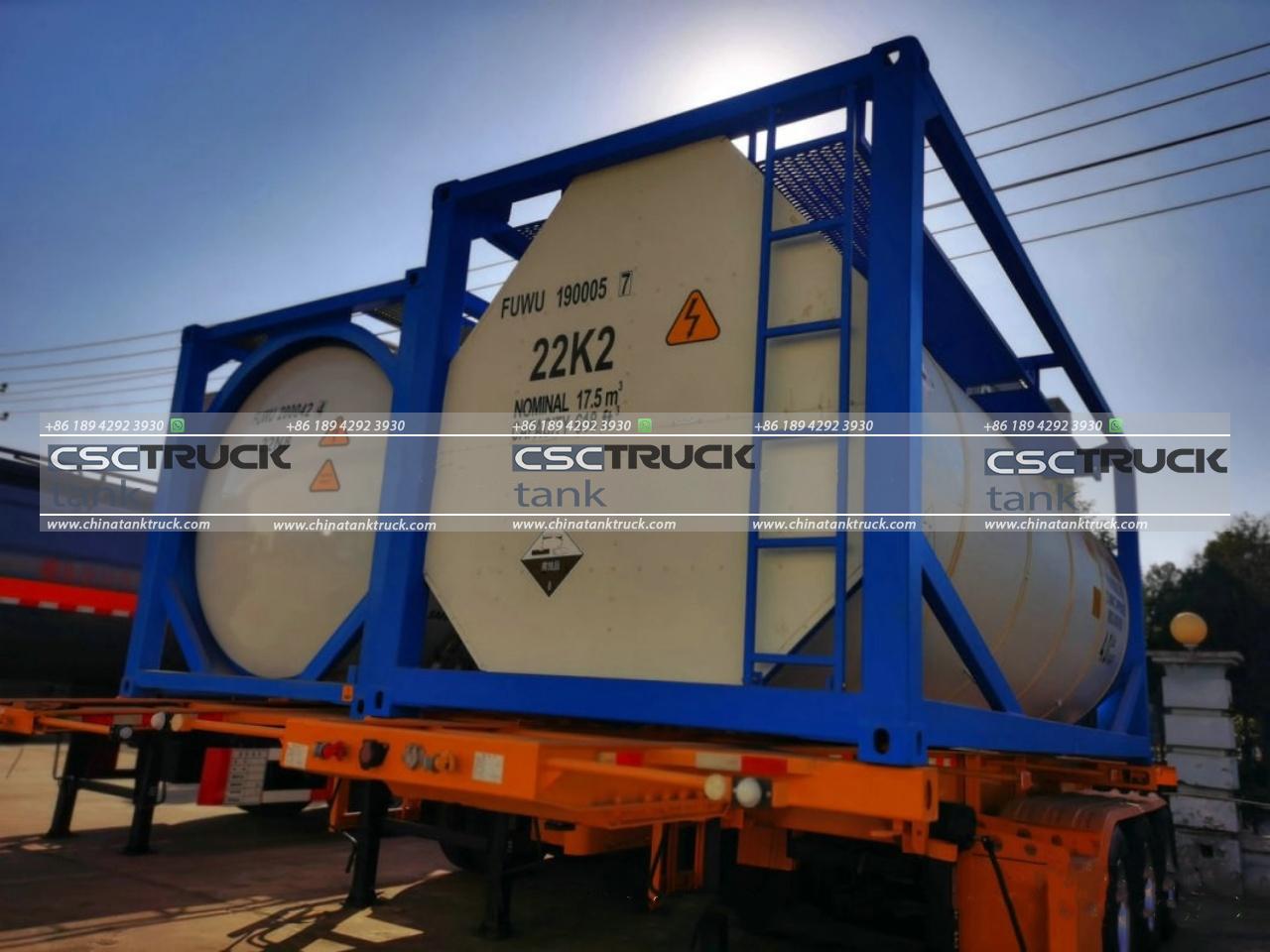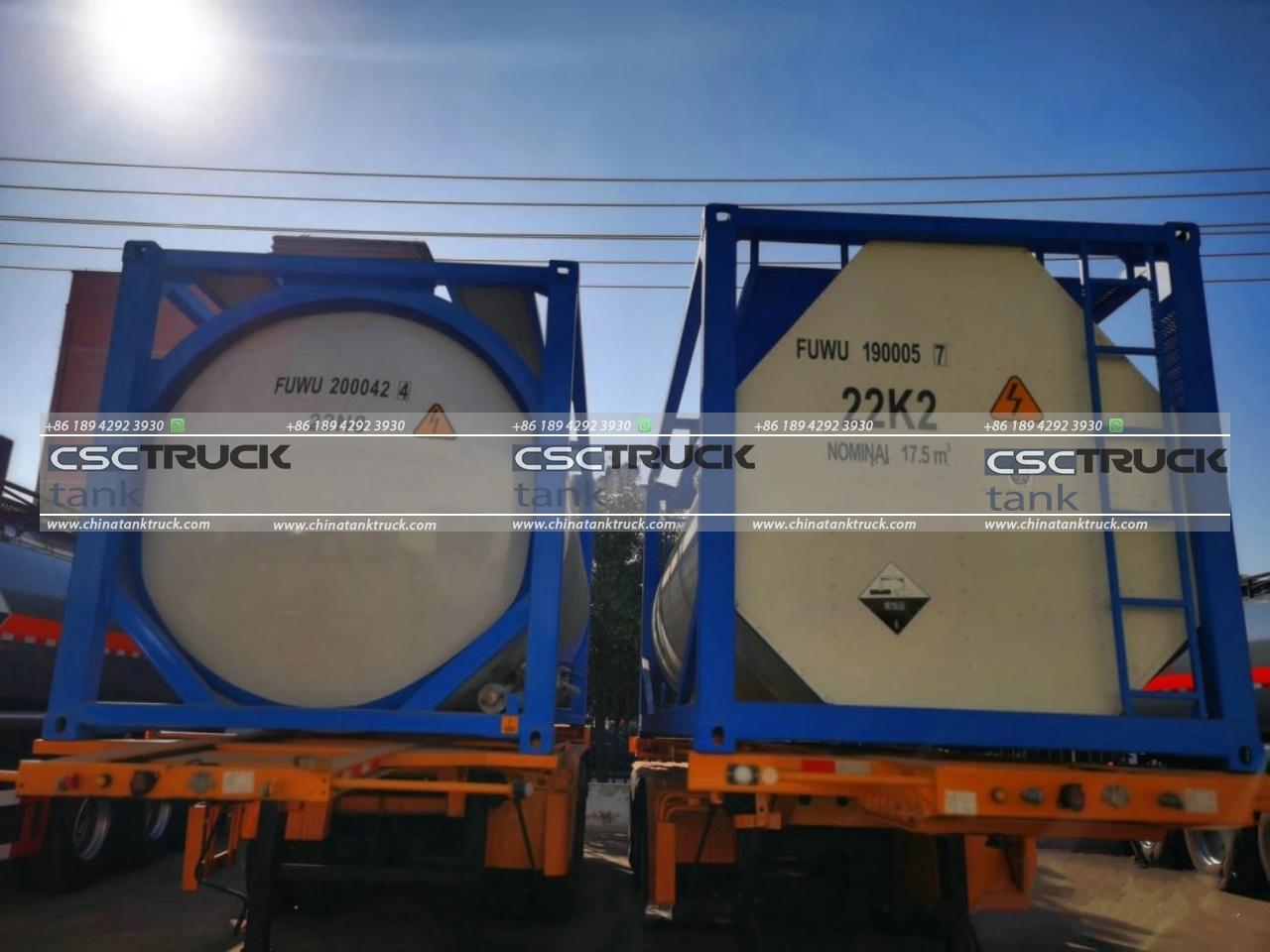What is the ISO Tank Number?
In the world of logistics, industrial transport, and chemical handling, an ISO tank plays a crucial role in the safe and efficient transportation of liquids, gases, and powders. But when we talk about the “ISO tank number,” we dive into the technical and regulatory aspects of this important piece of equipment. This article explains what an ISO tank number is, its significance, and how it ensures global standards of safety and efficiency in transportation.
Understanding ISO Tanks
Before diving into the ISO tank number, it is essential to understand what an ISO tank is. ISO tanks, also known as intermodal containers, are specifically designed to carry liquids (both hazardous and non-hazardous), gases, and powders. “ISO” stands for the **International Organization for Standardization**, which sets the standards for dimensions, materials, and safety measures to ensure consistency across industries and international borders.
An ISO tank consists of a cylindrical stainless-steel vessel surrounded by a protective steel frame. This frame is standardized to ensure that the tank can fit onto a truck, train, or ship without any compatibility issues. The versatility of ISO tanks is one of their biggest advantages—they are designed to seamlessly switch from one mode of transportation to another without needing to unload their contents.
Now, to the crux of the article—what exactly is the “ISO tank number”?

The ISO Tank Number: Definition and Purpose
The “ISO tank number” refers to a unique identifier assigned to each ISO tank. This number serves multiple purposes, from tracking the tank through various transportation stages to providing key information about its ownership, manufacturing details, and certification status. The ISO tank number is essential for ensuring that the tank meets international standards, remains compliant with regulatory guidelines, and can be safely used across different regions and transport systems.
ISO tank numbers are alphanumeric codes, usually inscribed on the exterior of the tank. These codes provide crucial details about the tank’s design, material specifications, age, and maintenance history. The purpose of these numbers is multifaceted, but in general, they serve three primary functions:
1. Identification – Each tank is unique, and the ISO tank number acts as its “name” or “identity.” This helps transporters, manufacturers, and regulators track and trace the tank as it moves from one location to another.
2. Regulatory Compliance – ISO tanks must adhere to rigorous safety and environmental standards. The ISO tank number signifies that the tank has passed inspection and certification processes, meeting international and national safety standards for the transportation of hazardous and non-hazardous materials.
3. Information Database – ISO tank numbers are logged into databases that contain important information, such as the type of materials the tank can carry, maintenance records, and ownership details. This ensures that tanks are used correctly, maintained appropriately, and not overloaded or misused.
Structure of an ISO Tank Number
The format of an ISO tank number generally adheres to specific international regulations, like the International Maritime Organization (IMO) requirements and UN standards. The numbering system often includes the following components:
1. Owner Code: This is a 3-letter alphabetic code that indicates the owner of the ISO tank. The owner code is usually registered with the International Tank Container Organization (ITCO) and is globally recognized.
2. Equipment Category Identifier: Following the owner code is a single letter or number that identifies the type of container. For ISO tanks, this letter is typically “U,” which specifies a tank container.
3. Serial Number: The owner code and equipment category identifier are followed by a six-digit serial number, which serves as a unique identifier for each tank container. This serial number is crucial for distinguishing between different tanks even if they are owned by the same company.
4. Check Digit: The final character in the ISO tank number is a check digit, which is calculated based on a specific algorithm. This digit is essential for ensuring the accuracy of the entire ISO tank number and prevents errors in data entry or identification.
For example, an ISO tank number might look something like this: ABCU1234567. Here, “ABC” is the owner code, “U” is the equipment identifier (for a tank container), “123456” is the serial number, and “7” is the check digit.

Importance of the ISO Tank Number in Global Trade
In global trade, the movement of goods is governed by stringent regulations and requirements. The transportation of hazardous liquids, gases, and chemicals is particularly challenging due to the risk posed to the environment and human safety. ISO tanks are a safe and efficient solution to these challenges, but their safety depends on strict adherence to international standards.
This is where the ISO tank number becomes invaluable. The number guarantees that the tank has passed inspections and adheres to international standards, such as those set by the International Maritime Dangerous Goods (IMDG) Code or the International Convention for Safe Containers (CSC).
For companies that regularly transport bulk liquids or gases, the ISO tank number allows them to:
1. Track Shipments Efficiently: The unique identifier enables real-time tracking of the tank’s location, condition, and contents. This information is crucial for supply chain management, allowing companies to optimize routes, minimize downtime, and ensure timely deliveries.
2. Ensure Legal Compliance: In the transportation of hazardous materials, compliance with international regulations is non-negotiable. An ISO tank with a valid number is a guarantee that it complies with legal safety requirements, mitigating the risk of penalties, fines, or accidents.
3. Simplify Documentation: ISO tank numbers streamline paperwork, making it easier to complete customs documents, import/export forms, and regulatory reports. The number ensures that all information tied to the tank, such as its contents and destination, is readily accessible.
4. Prevent Misuse or Overloading: Because the ISO tank number is tied to a database containing the tank’s specifications, operators and handlers can quickly determine the capacity and appropriate usage for the tank. This prevents dangerous situations like overloading or using the tank for incompatible substances.
ISO Tank Maintenance and Inspection
ISO tanks, like all industrial equipment, require regular inspection and maintenance. The ISO tank number plays a critical role in these processes by acting as a reference point in maintenance logs and inspection records. Every tank must undergo periodic checks to ensure it is still in compliance with safety regulations, including:
1. External and Internal Inspection – The integrity of the tank, both externally and internally, must be checked for signs of wear, corrosion, or damage.
2. Pressure Testing – Many ISO tanks are pressurized, meaning they must undergo routine tests to ensure they can withstand the designated pressure levels without leaks or failure.
3. Cleaning and Sanitization – ISO tanks often carry different types of cargo over their lifespan. Cleaning protocols are essential to prevent contamination between loads, especially when transporting food-grade materials or sensitive chemicals.
The ISO tank number is recorded at every maintenance checkpoint, ensuring there is a comprehensive record of all inspections and repairs performed on the tank.

Conclusion
The ISO tank number is much more than just a sequence of digits. It is an essential tool for ensuring the safety, compliance, and traceability of ISO tanks in global trade. By uniquely identifying each tank and tying it to a database of critical information, the ISO tank number plays a key role in facilitating the safe and efficient transportation of hazardous and non-hazardous materials across the world. Whether it’s tracking a shipment, confirming regulatory compliance, or scheduling maintenance, the ISO tank number ensures that everything runs smoothly, safely, and under international standards.

